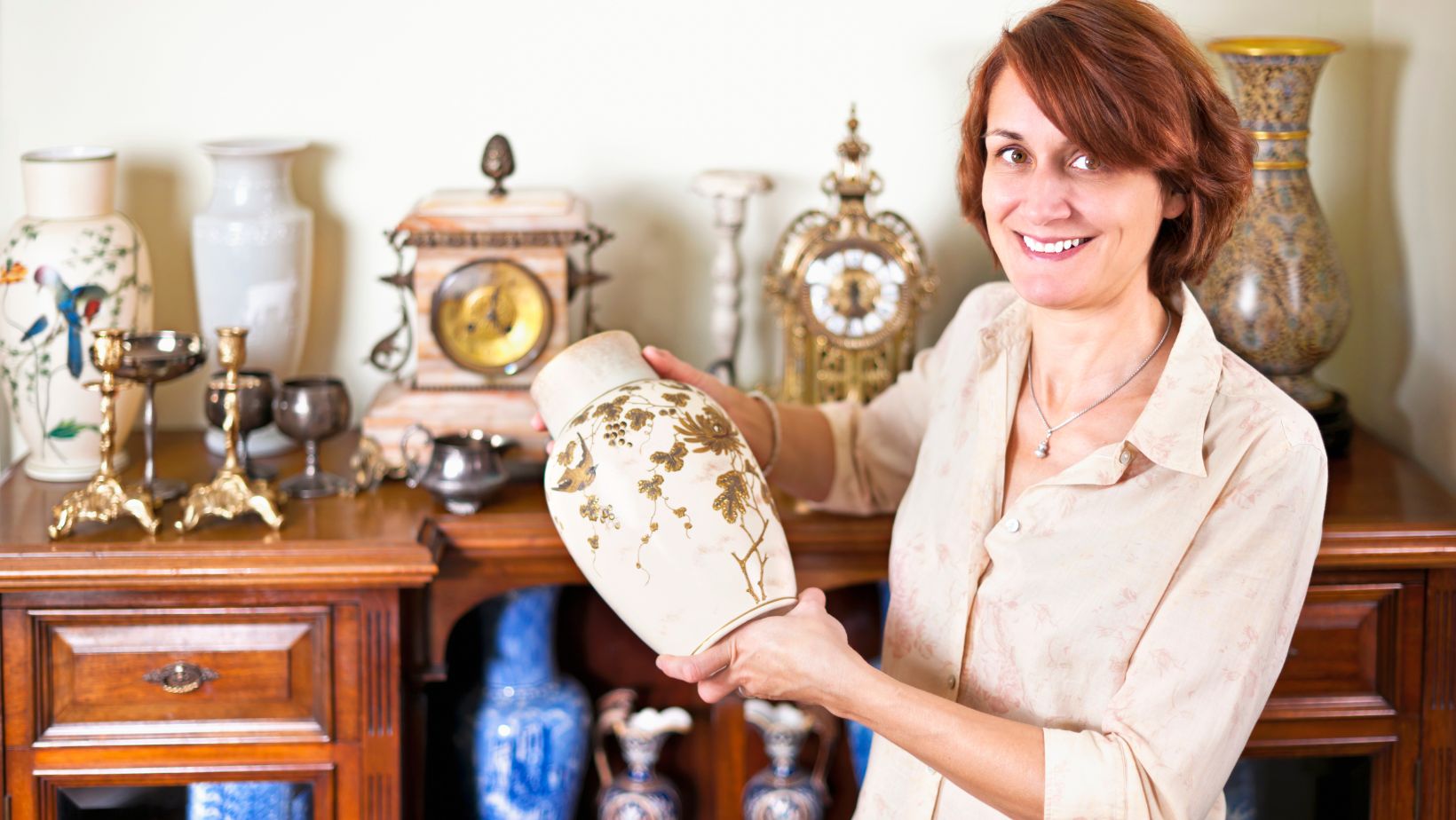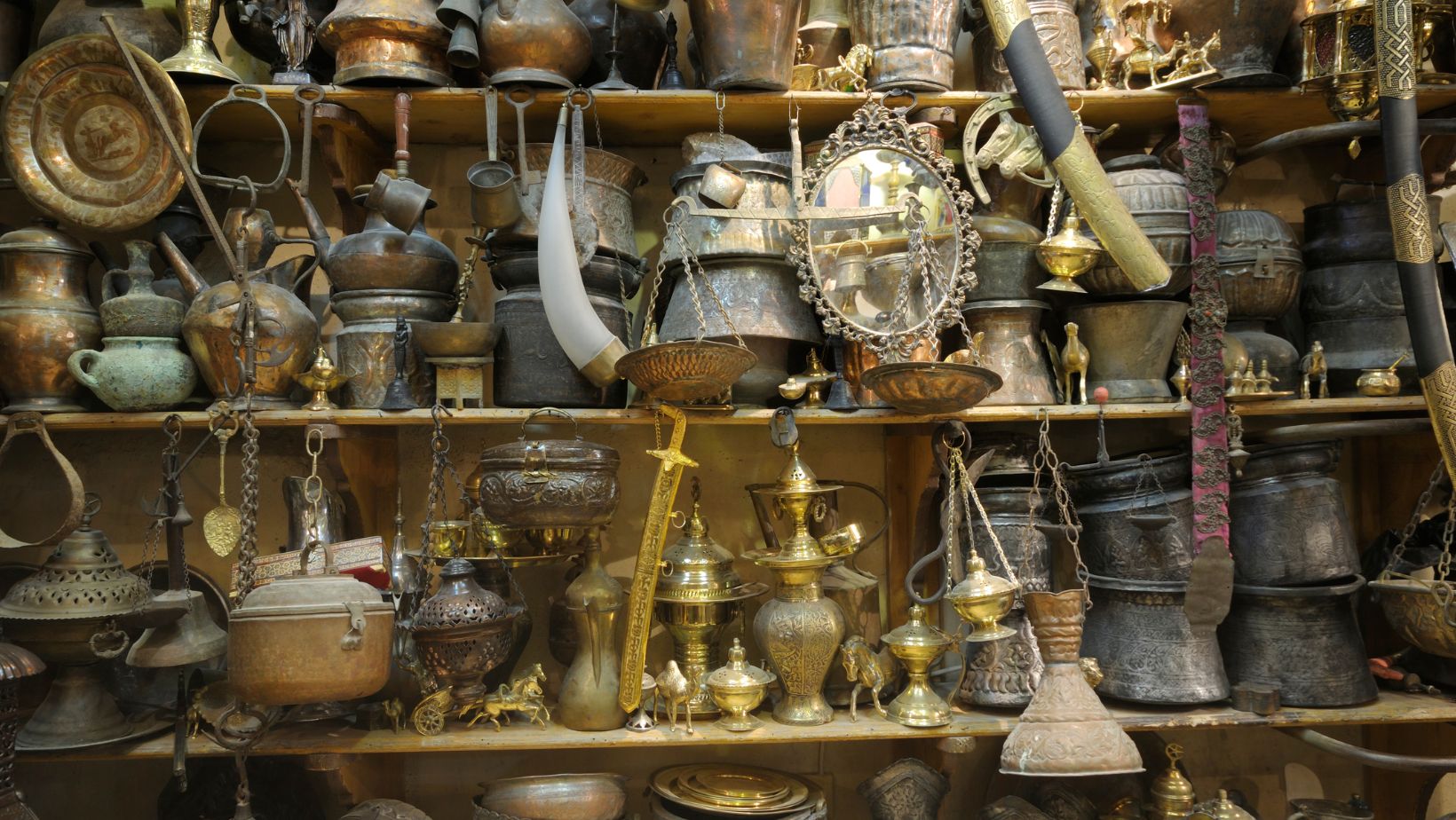
Collecting rare and unique items has always held a certain allure. Whether it’s vintage stamps, rare comic books, or antique furniture, the world of collectibles is filled with passionate enthusiasts. For many, the thrill lies in the potential financial rewards these items can bring. While it’s true that some collectibles have fetched astonishing sums at auctions, it’s essential to temper your expectations and approach the world of collectibles with a realistic mindset. In this article, we’ll explore the factors that influence collectible values, provide insights into what you can reasonably expect, and offer valuable collectibles appraisal tips along the way.
Understanding The Collectibles Market
The collectibles market is a diverse and ever-evolving ecosystem. It encompasses a wide range of items, from antique coins to limited-edition action figures. The value of collectibles is often determined by the interplay of several factors, including rarity, condition, provenance, and demand.
1. Rarity
One of the key drivers of collectible values is rarity. The scarcer an item is, the more it tends to be worth. For instance, limited-edition stamps, coins, or trading cards that were produced in small quantities are more likely to fetch higher prices than common counterparts.
2. Condition
The condition of a collectible plays a significant role in its value. Items that have been well-preserved and maintained over the years are generally more sought after. Any damage, wear, or imperfections can significantly impact the value of a collectible.
3. Provenance
Provenance, or the history of ownership, can add an intriguing dimension to a collectible. Items with a noteworthy history or a connection to a famous individual often command higher prices.
4. Demand
The demand for a particular type of collectible can fluctuate over time. Factors like changing trends, pop culture influences, and the interests of collectors can affect the demand and consequently the value of collectibles.

Factors That Can Affect Collectible Values
Now that we’ve touched on the core determinants of collectible values, let’s delve into some factors that can sway the market and affect your expectations.
1. Market Trends
The collectibles market is subject to trends, and what’s considered valuable today may not be as desirable tomorrow. For instance, the popularity of specific movie franchises or comic book characters can drive demand for related collectibles.
2. Economic Factors
Economic conditions can have a substantial impact on the collectibles market. In times of economic uncertainty, people may be more inclined to invest in tangible assets like collectibles. Conversely, during economic downturns, the market might see decreased activity.
3. Collector Communities
The strength of collector communities can significantly influence the perceived and actual value of collectibles. A vibrant community can create more demand and, in turn, drive up prices.
4. Pop Culture Influences
The world of collectibles often intersects with pop culture. Collectibles linked to popular movies, TV shows, or celebrities can see sudden spikes in value, driven by media exposure.
5. The Condition of the Item
As mentioned earlier, the condition of a collectible is vital. Even with a rare and highly sought-after item, its value can be severely compromised if it’s damaged or poorly preserved.

Setting Realistic Expectations
While stories of collectibles selling for astronomical sums make headlines, it’s important to approach collecting with a dose of realism.
- Research is Key: Before investing in a collectible, do your research. Understand the market trends, the item’s rarity, and its past sales history. This knowledge will help you set realistic expectations.
- Long-Term Investment: If you’re considering collectibles for investment purposes, think long-term. Values can fluctuate, and it may take years for your item to appreciate significantly.
- Diversify: Avoid putting all your eggs in one basket. Diversify your collection to spread the risk and increase your chances of realizing gains.
- Enjoy the Hobby: Collecting should be a passion, not just an investment. Enjoy the journey of acquiring and appreciating the beauty and history of your items.
- Consult Experts: When in doubt, seek advice from experts or appraisers who can provide insights into the value of your collectibles.
- Insurance: For valuable items, consider insuring your collection. This can provide peace of mind in case of unexpected events.
Collectibles Appraisal Tips: To ensure you’re making informed decisions regarding your collectibles, consider the following tips:
Remember that collectibles appraisal is an art as much as it is a science. Seek out reputable appraisers who have experience in your specific type of collectible.
Don’t solely rely on online valuations. The condition and unique characteristics of your item may not be accurately reflected in generic online databases.
Keep records of your collection, including purchase prices, dates, and any appraisals. This documentation can be valuable for insurance and potential sales.
Regularly reassess the value of your collection to ensure your insurance coverage remains adequate.
In conclusion
While it’s possible for collectibles to increase in value significantly over time, it’s important to approach the world of collecting with realistic expectations. Factors like rarity, condition, demand, and market trends all influence collectible values. Enjoy the journey of collecting, and remember that, in the end, the true value of your collection extends beyond its monetary worth. Happy collecting!





